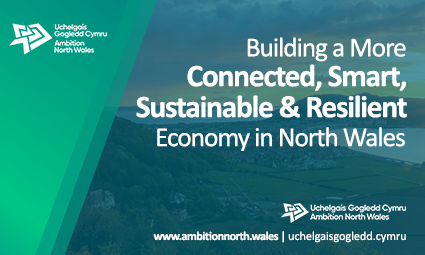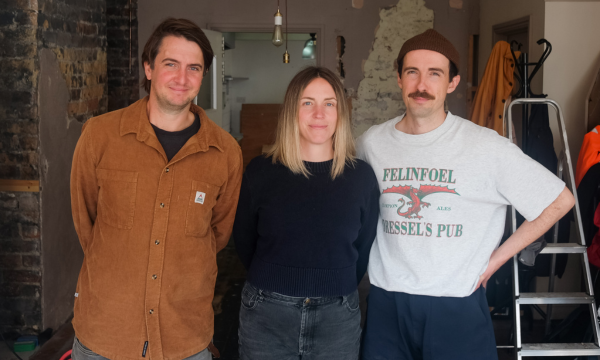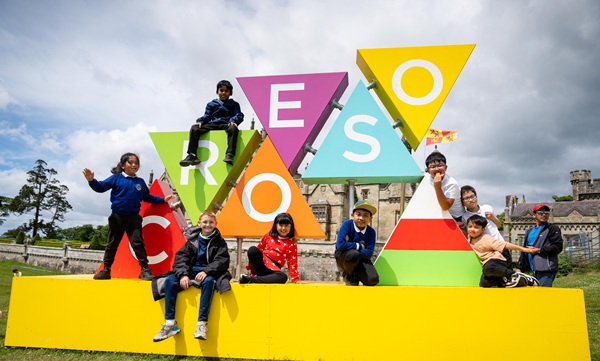
GUEST COLUMN:
Claire Haven-Tang
Professor of Destination Development,
Cardiff School of Management at Cardiff Metropolitan University

I have spent years studying destination development and I’ve seen the transformative power of involving local communities in tourism strategies.
Good destination management isn’t just about glossy branding campaigns or top-down initiatives – it’s about engaging the people who live and work within a destination. They are the heartbeat of any place and the key to creating meaningful visitor experiences.
At its core, destination management is about everything that happens within a place. It encompasses the messages sent out to attract visitors and the infrastructure, businesses, networks, and relationships that make a destination tick. Yet, too often, local communities are sidelined. This is a missed opportunity, not just for the communities themselves but for visitors seeking a sense of authenticity.
Effective destination management should involve communities at every level, from shaping tourism projects to supporting local businesses. Take the example of Invisible Cities, a regenerative tourism initiative that was originally born in Edinburgh in 2016 and launched in Cardiff in 2023 via The Wallich. This social enterprise trains people who have experienced homelessness to become walking tour guides. These guides share narratives of the city that are both personal and unique, offering visitors a fresh perspective while giving individuals a way to reconnect with their communities. It’s a small-scale project, but it exemplifies how engaging communities can bring a destination to life in unexpected ways.
Food and drink offer another powerful way to connect tourism with local communities. Visitors are increasingly drawn to the provenance of what they eat and drink. Wales, with its 20 protected food names and award-winning produce, has a huge opportunity to tap into this demand. Welsh food doesn’t need to be reserved for fine dining – it can be celebrated in farmers’ markets, independent restaurants, and small-scale producers.
However, supporting local food and drink businesses isn’t always straightforward. Many producers are intentionally small, prioritising quality over growth, which can make scaling up supply chains a challenge. I’ve spoken to restauranteurs who are passionate about sourcing within a 20-mile radius, but they admit it requires time, effort, and a hands-on approach to make it work. These challenges underline why destination management must connect all parts of the tourism ecosystem, ensuring that businesses and producers can collaborate effectively.
There’s also a misconception that local means more expensive. While some consumers are willing to pay a premium for local produce, price sensitivity remains a real issue. Bridging the gap between affordability and provenance will be critical to making Welsh food and drink a cornerstone of its tourism offering.
Good destination management is about more than just attracting visitors; it’s about creating places where people want to live, work, and visit. To do this, we need to look beyond short-term strategies and embrace a more collaborative, community-focused approach. Whether it’s supporting local businesses, developing innovative tourism projects, or improving communication and infrastructure, every stakeholder has a role to play.
If we get this right, destination management won’t just benefit visitors. It will create stronger, more resilient communities, leaving a legacy that lasts far beyond the visitor’s stay.











